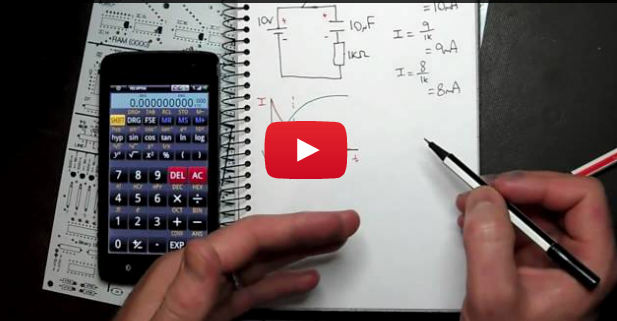Tutorials
A range of programming and electronics related tutorials.
PIC Assembly Tutorial 7 – Graphics on an 8×8 LED Matrix.
Now first things first, I don’t recommend making your own 8×8 LED matrix out of individual LED’s (because it is very time consuming!) I do recommend purchasing yourself one (or more) of the 8×8 Bi-colour LED matrix displays off ebay. they are incredibly cheap and are very easy to use. I buy mine from sure …
PIC Assembly Tutorial 7 – Graphics on an 8×8 LED Matrix. Read More »
![[Brads Electronic Projects]](https://bradsprojects.com/wp-content/uploads/2017/06/BPLogo1-240x58.png)







